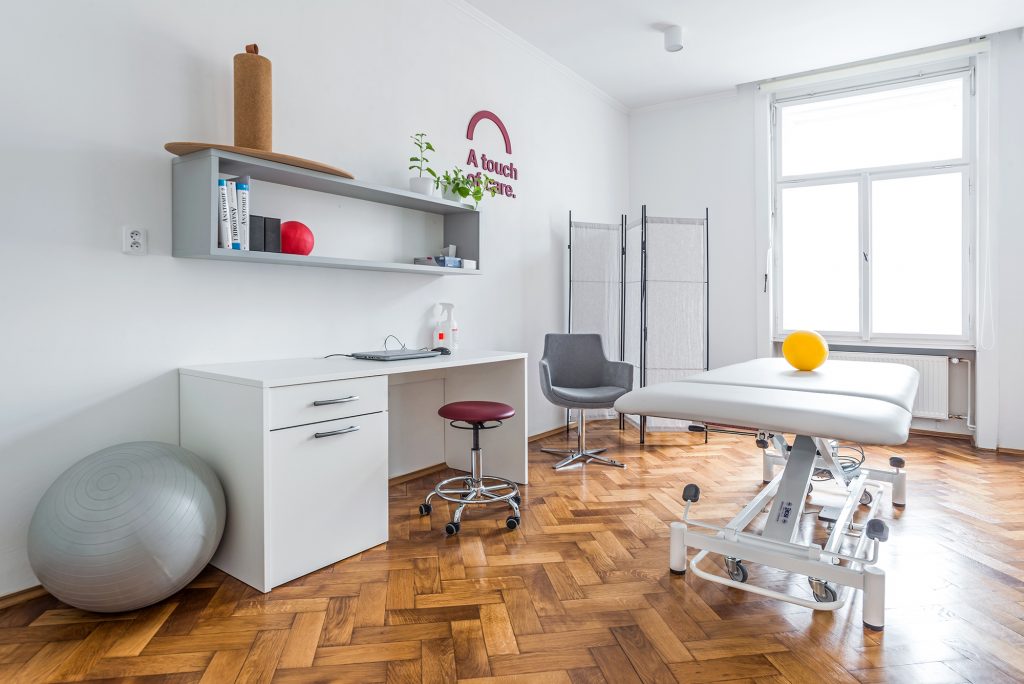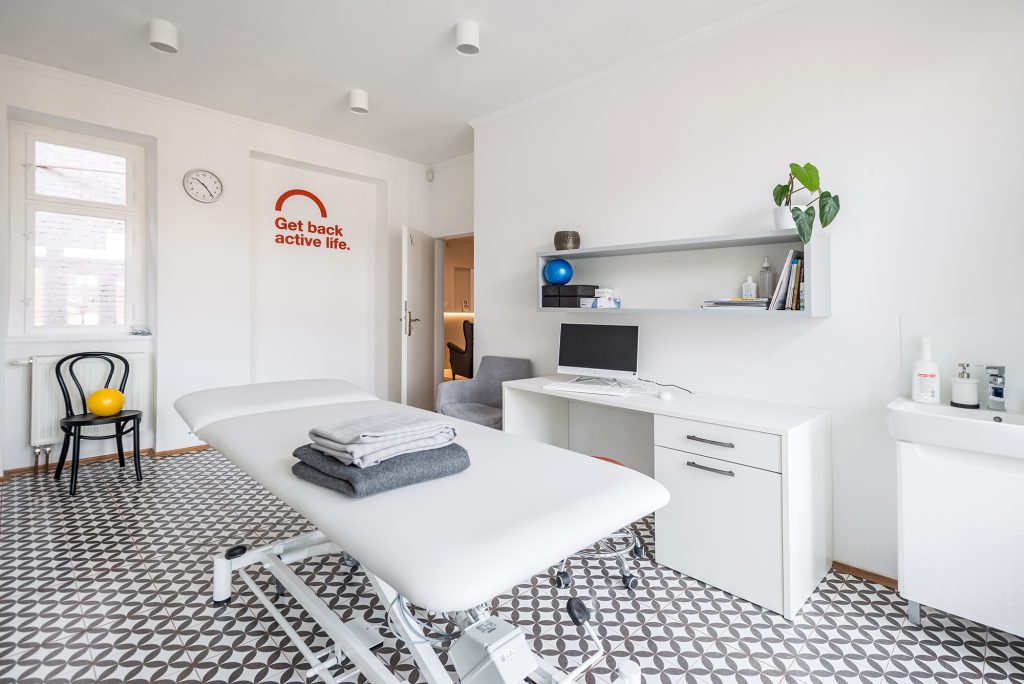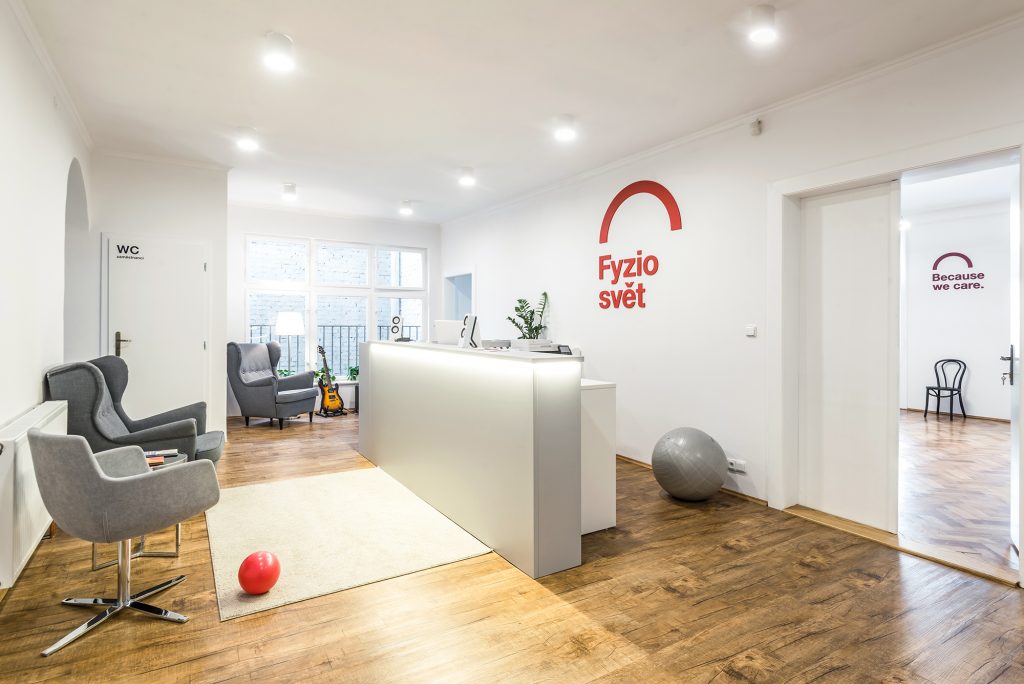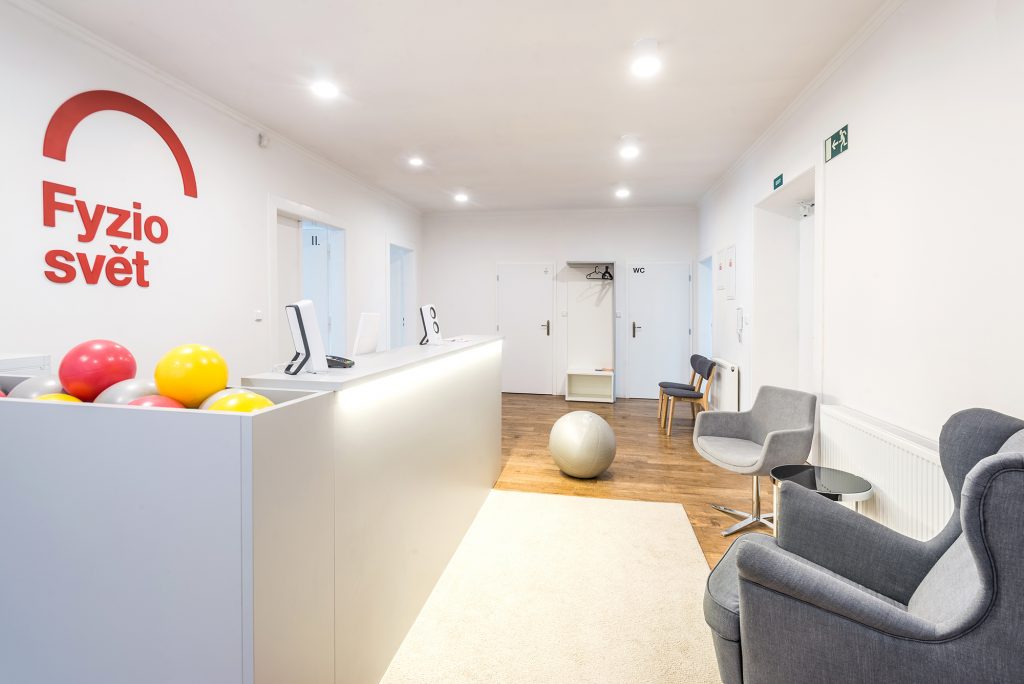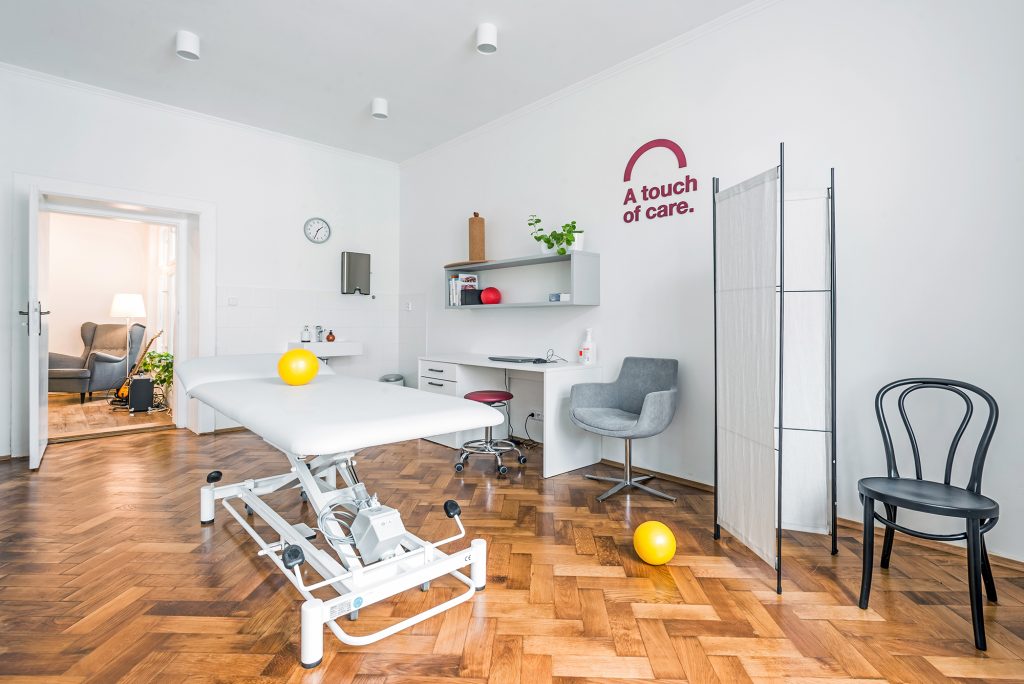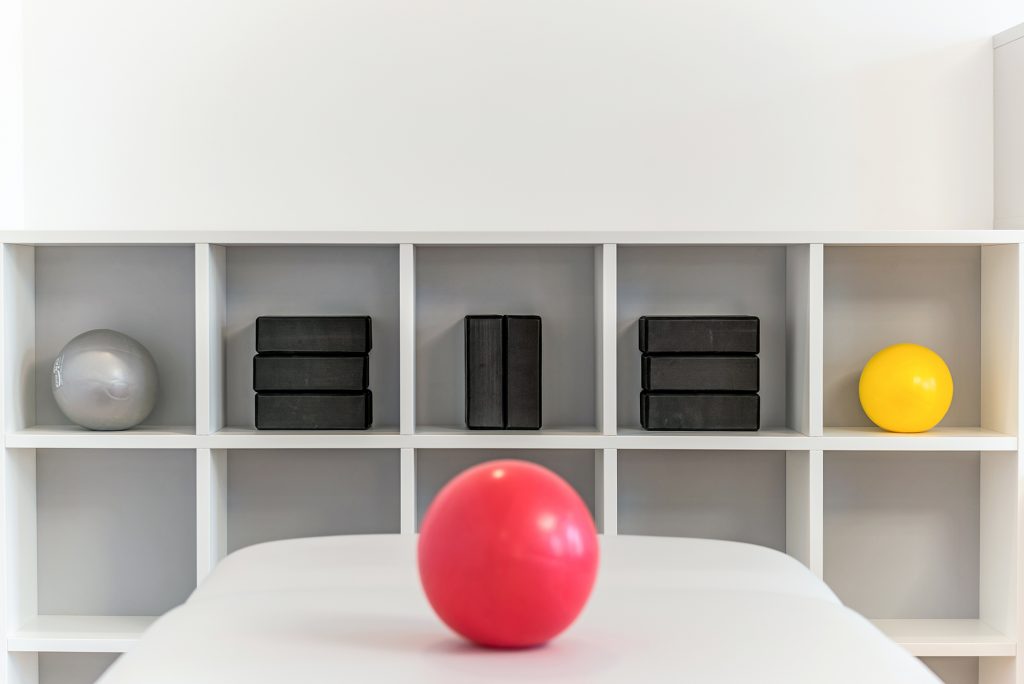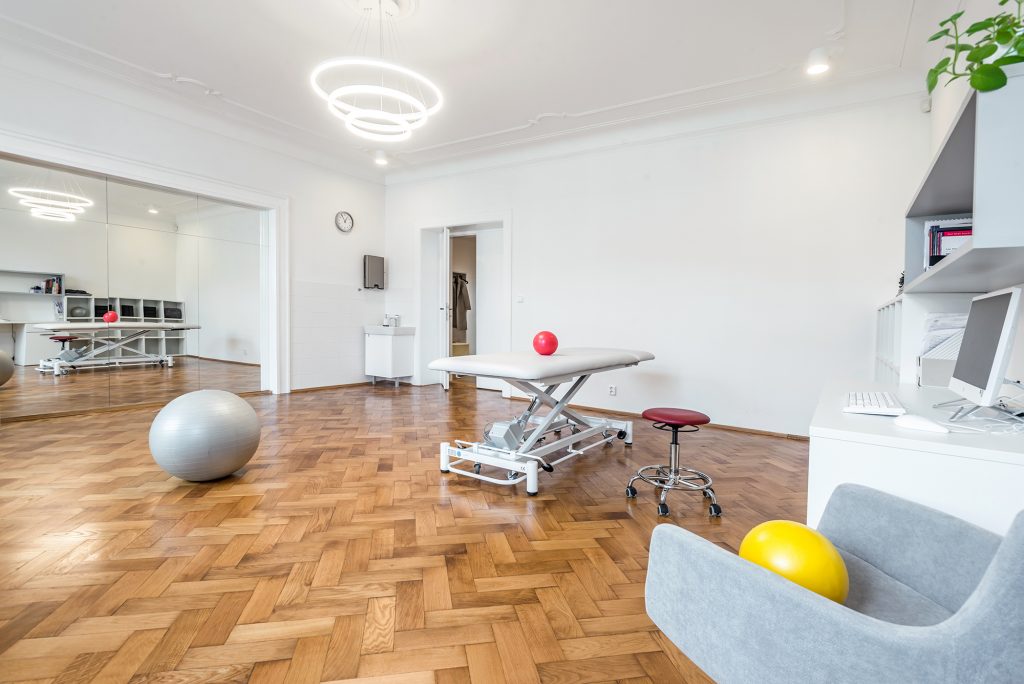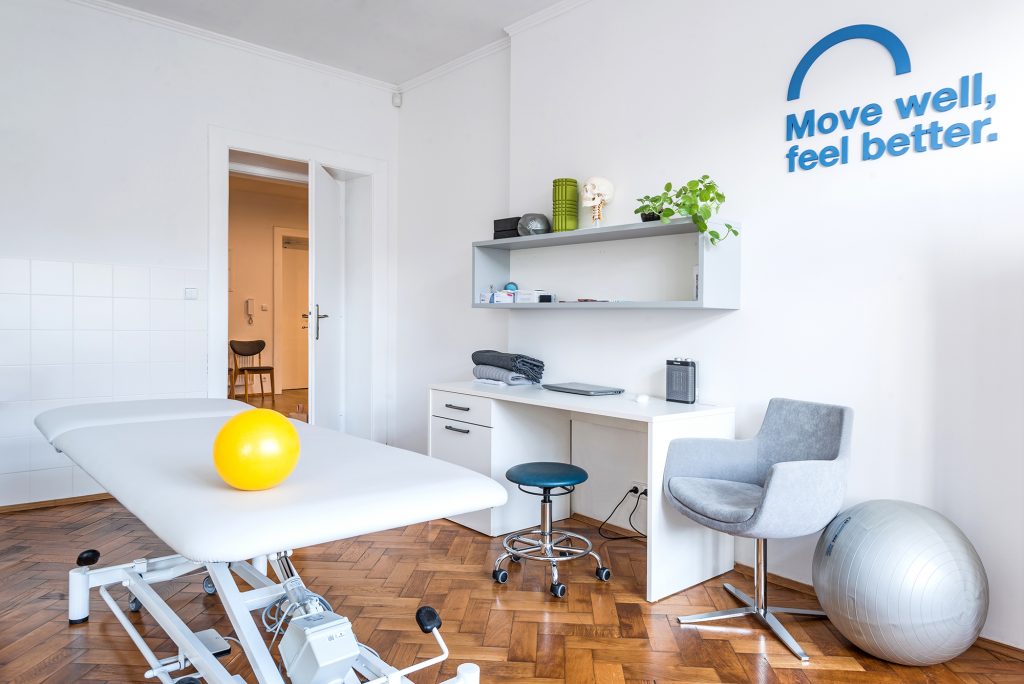How to Care for a Post-Surgery Scar
10 Tips for Scar Care
Scars resulting from surgery, injury, or a C-section are often only given minimal attention until the skin heals, stops hurting, or becomes cosmetically acceptable. However, scars can influence posture, movement, and even impact distant structures and organs. You may not notice their effects at first, but issues can arise years later, sometimes on the opposite side of the body. Here are 10 essential tips on how to properly care for your scar.
Support Early Wound Healing and Overall Vitality
n the early phase, typically the first few days or weeks, the wound begins to heal, and tissue integrity, including the skin, is restored. The tissue knits together at the site of stitches, which are either absorbed or removed by a doctor. The wound gradually stops bleeding, and scabs form on the surface, which will eventually fall off. After a C-section, this early phase encompasses the postpartum period (around six weeks).
Wound healing and scar formation are influenced by many factors and are different for everyone. However, the faster the scar heals on the surface, the better the deeper layers will heal, and the fewer issues it will cause later on. Vitality is key in this early phase. Healing can be significantly more difficult in cases of serious illness, immune disorders, diabetes, or depression. Your overall health should not be underestimated. You can greatly aid wound healing with proper nutrition, hydration, rest, and a positive mental state.
Start Gently Stroking the Scar and Surrounding Area Early – Here’s Why
At the start, the care needed is clear. The area should be minimally stressed, and muscles around the wound should be as relaxed as possible. Once the wound stops bleeding, is free of infection, and scabs start forming, it’s helpful to gently stroke the surrounding area.
This should only be done on areas no longer covered with sterile dressings. Gentle stroking stimulates the skin’s sensitivity, which may be compromised, and helps lymphatic flow and the absorption of any bruises (hematomas). Sometimes even a light touch can feel uncomfortable or hard to tolerate. This may not just be due to a loss of skin sensitivity or tissue bruising after surgery; it could be a psychosomatic response, such as after a C-section or another emotionally and physically taxing surgery. Don’t force yourself to touch the area if it feels too uncomfortable. Start slowly, perhaps by stroking the area through fabric (such as a towel or shirt). If this is still too difficult, try visually familiarizing yourself with the scar and simply imagining touching it. Take care of your scar as often as you can manage during this challenging postoperative phase and as feels comfortable.
Continue Caring for the Scar After Healing – At Least for the First Year
Scar formation doesn’t end once the last scab falls off. New connective tissue continues to develop, change, and adapt to the body. This phase, called scar maturation, can last months to a year (or even longer for severe burns). During this period, it’s essential to work on the scar, loosening it and allowing it to adapt as much as possible to the body’s functions. While scars can still be treated after many years, this early phase is when loosening the scar is much easier and brings quicker results with less effort.
Restore Skin Movement and Flexibility
The scar needs to be loosened so it can adapt to the body. This must be done through all the layers it affects, but start by loosening the surface and restoring skin mobility. Try moving the skin in all directions (up, down, left, right, diagonally, or even in circles). Pay attention to how much the skin moves. Move slowly so the tissue can relax and adapt.
You may hear about “scar pressure massage” when learning about scar care, which was once widely recommended. However, this method is now less favored because it unnecessarily compresses the tissue. Studies and empirical experience show that techniques focused on improving skin mobility are far more effective.
Focus on the Deeper Layers of the Scar
n addition to the surface, you need to address the deeper layers of the scar. Remember, the scar reaches down to the site of the surgery. Find a comfortable position, gently pinch the skin between your thumb and fingers, and try a slow, circular motion. This technique may feel more sensitive than working with surface layers. You might feel slight “pins and needles” or tension, but there should be no significant pain. Work on loosening the scar and its surroundings as often as you can.
How can we help at Fyzio svět? We’ll show you the most effective techniques for loosening your scar, including the right direction, depth, speed, and frequency.
Don’t Overlook Scars from Laparoscopic or Arthroscopic Surgeries
Laparoscopic surgeries leave small scars on the surface, but it’s crucial to focus on these as well, especially on the parts hidden inside the body. Don’t hesitate to gently but firmly grasp the healed scar with the skin fold, pull it away from the body, and slowly move it side to side. The scar might feel like a string and sometimes as stiff as a pencil. This maneuver helps to loosen the scar deep down.
Loosen the Area Around the Scar
You can perform manual techniques directly on the scar, but also next to it. In some cases, working around the scar is even more effective because you “pull” on it more efficiently and also influence adhesion (stickiness) in the surrounding tissue.
How can we help at Fyzio svět? If you’re unsure whether the tension you feel is due to adhesions or something else, feel free to reach out to us.
Don’t Forget to Exercise and Move
You can incorporate plenty of stretching exercises or yoga elements, or other favorite activities, to help loosen the scar. Always listen to your body. You might feel slight tension or “pins and needles,” but you should not feel pain. Continue with exercises you enjoyed before the surgery, focusing on stretching, symmetry, and breathing.
Pay Attention to Ergonomics
A scar, especially on the abdomen, can pull or twist your body. Be mindful of this when working, sitting at a desk, or performing any other activities where you spend a lot of time. Is the scar pulling you into an unnatural position? If so, pay extra attention to your posture at work, your sitting position, and try to stretch or move for at least a minute every hour.
How can we help at Fyzio svět? We’ll guide you on the best exercises and movements for your situation, identify problematic work postures, and offer suggestions on how to compensate for them.
Use TAPE, Creams, Lasers, and Silicone Gels
Once the wound is calm, not bleeding, and scabs have formed, it’s the perfect time to apply creams. These aid in healing, help remove scabs, and promote scar formation on the surface. The wound and its surroundings may still be sensitive, so it’s best to test a cream on a small area first. If there is no negative reaction (like redness or itching), apply it to the entire area. You can use creams purely for moisturizing or those containing active ingredients to help with healing (such as creams with onion extract, calendula, or heparin). Over the first year, scar discoloration can change. Avoid sun exposure to prevent the scar from darkening. If you do want to sunbathe, apply a sunscreen with a high SPF or cover the scar with a bandage or TAPE. Lasers can significantly improve the healing and appearance of the scar. Laser treatment only takes a few minutes and needs to be repeated several times. It’s most effective during the early phases of scar formation. Silicone gels can also enhance the scar’s appearance and elasticity. You can use kinesioTAPE to help with mechanical scar loosening. However, it’s important to have at least basic knowledge of how to apply it properly for it to be beneficial.
How can we help at Fyzio svět? We’ll show you how to apply TAPE at home. The pull of the tape is gentle but lasts for many hours. When applied correctly, it can be a very effective tool. We can also recommend the most suitable creams and additional therapies for your specific case. You can find more information about scars in the article Active Scars as a Source of Tension and Pain.
It’s Never Too Late to Start Treating a Scar
If a scar isn’t loosened properly, it can become “active” and start causing issues, even years later. Loosening a scar is still possible even many years after surgery, but it requires more effort and time. However, it’s never too late to make improvements.
How can we help at Fyzio svět? If you’ve been diligently caring for your scar but still feel uncomfortable, suspect it’s contributing to other problems, or are unhappy with its appearance, we’re here to help.
